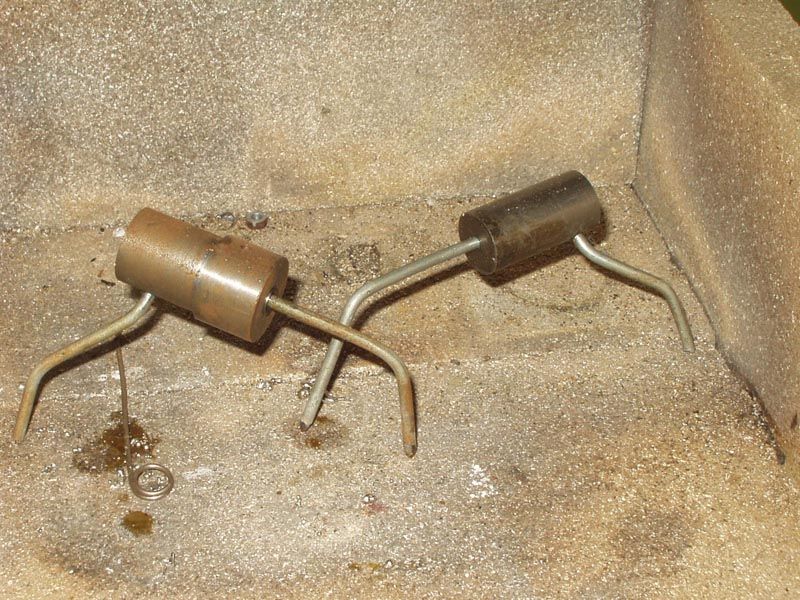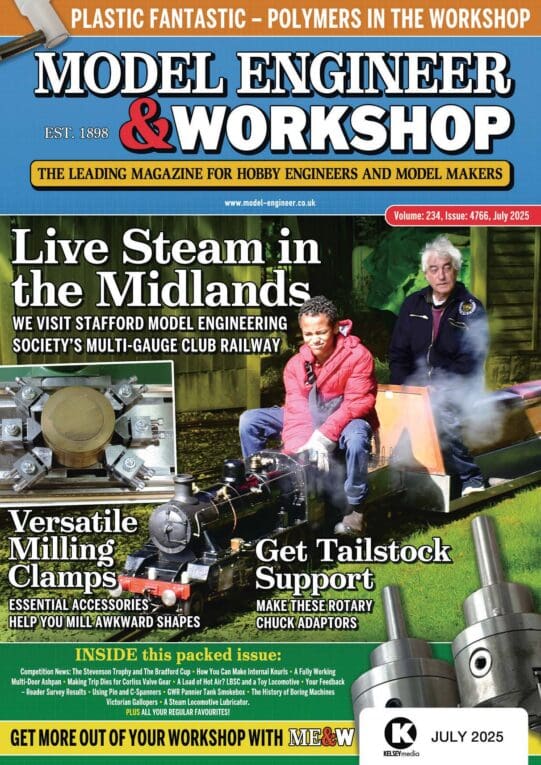I have used various approaches.
The ideal is when parts are self locating.
Next best if a light weight on top or some other simple arrangement can hold parts in the correct relationship.
For small things like specatacle frames and valve rods I use a pair of 'helping hands' – croc clips on universal joints on a frame fitted with a magnifying glass. Use with a cook's blowtorch, not a huge propane torch!
Another approach is wiring with soft iron wire. This can be easily filed off if it accidentally sticks. If you drill holes and thread wire through, the holes fill with silver solder and teh wire can be cut/filed flush.
Clamps can work, but it's tough on the clamp and heat can make them come loose.
Plaster (well dried) and even potatoes can be used to hold parts in position. Pushing a part into a spud is really useful for things like springs that your eally don't want to get hot other than at the ends.
One unusual way I have used to hold a really awkward shape was to make a shaped wooden plug to fit inside and then set four protruding legs in quick setting mortar! I had to let it dry overnight, but it worked very well. If I had used drawn angle instead of black rolled angle that didn't have any flat edges in sight I cold have used ordinary clamps.
Neil
HomeUse.






